On the Medieval Theory of Signs.
In the course of the long debate on the nature and the classification of signs, from Boethius to Ockham, there are at least three lines of thought: the Stoic heritage, that influences Augustine, Abelard, Francis Bacon; the Aristotelian tradition, stemming from the commentaries on De Interpretatione; the discussion of the grammarians, from Priscian to the Modistae. Modern interpreters are frequently misled by the fact that the various authors regularly used the same terms. Such a homogeneous terminology, however, covers profound theoretical differences. The aim of these essays is to show that the medieval theory of signs does not represent a unique body of semiotic notions: there are diverse and frequently alternative semiotic theories. This book thus represents an attempt to encourage further research on the still unrecognized variety of the semiotic approaches offered by the medieval philosophies of language.
{{comment.content}}
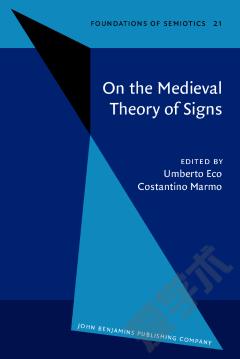
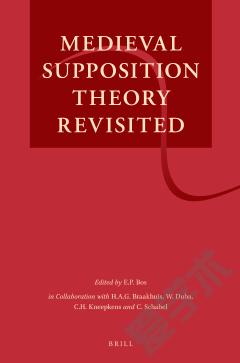
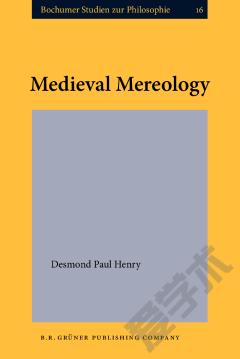
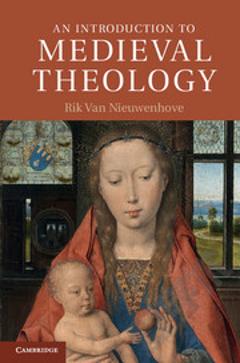

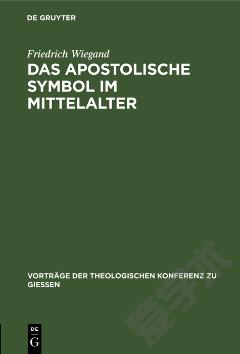
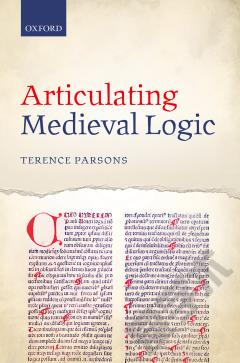

 京公网安备 11010802027623号
京公网安备 11010802027623号